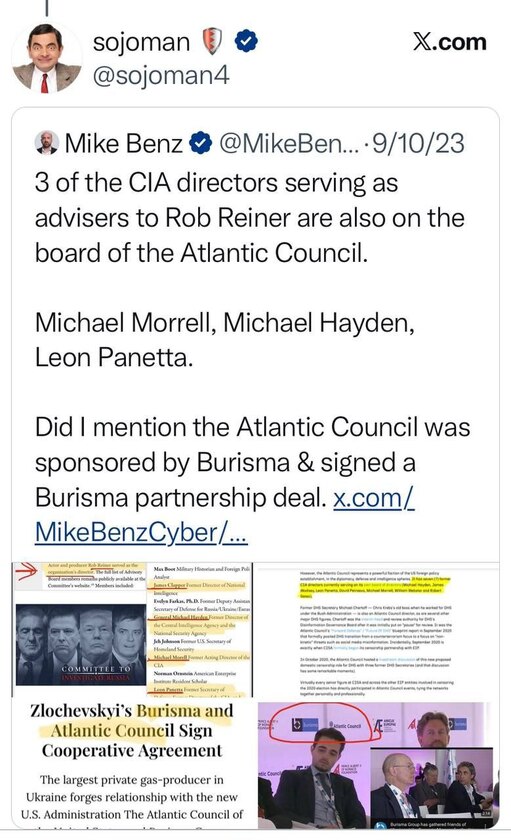
We know what’s coming and we are prepared.
The U.S. Interceptor Shortage and Its Impact
The U.S. interceptor shortage impacts both the response to the Houthi threat and the sleep of millions of Israelis.
Israel and the U.S. are cooperating to address the Houthi threat. However, due to a shortage of interceptors in the U.S. Navy, some missiles are not intercepted far from Israel's borders. This leads to the activation of sirens in Israel, requiring the Israeli Air Force's air defense system to neutralize these threats.
Even the mighty America faces challenges in managing its armament economy. How did it come to this point? Since the early stages of the war, the U.S. has deployed aircraft carriers and Arleigh Burke-class destroyers in the Red Sea, the Gulf of Aden, and the Arabian Sea. These destroyers carry Standard Missile (SM) interceptors capable of neutralizing Houthi-launched missiles during their ascent phase, long before they reach Israel.
These interceptors are quite expensive, costing several million dollars each (more than the Arrow system, though not necessarily superior). However, the shortage isn't due to financial constraints. Throughout the war, American destroyers have had to fire large quantities of these missiles to protect themselves, the aircraft carriers, commercial vessels targeted by the Houthis, and Israel. Additionally, the U.S. assisted Israel in countering Iranian attacks using SM missiles.
These missiles are manufactured by RTX, formerly Raytheon, one of the world's largest defense contractors. Due to their complexity, RTX produces only a few hundred of these missiles each year. The U.S. wasn't prepared for the scenario of two prolonged wars in different parts of the world simultaneously—the war in Ukraine and the war in the Middle East.
Moreover, stock management is also influenced by the possibility of escalation in the Pacific region, between China and Taiwan. Add to this the fact that more than 10 other countries, in addition to the U.S. Navy, have pre-ordered SM interceptors, and you have a shortage of this type of interceptor.
This is likely one of the reasons the U.S. deployed the Terminal High Altitude Area Defense (THAAD) system in Israel. THAAD can also intercept ballistic missiles, but since it is ground-based, it does so toward the end of their flight path—in other words, it doesn’t "prevent" the alarms from sounding.
In conclusion, this isn't a 'punishment' by the Biden administration against Israel. The U.S. continues to assist in defense, though their capabilities have diminished, impacting the sleep of many until the Houthi threat is dismantled.
(Tamir Morag on X)
✍️ @beholdisraelchannel
“Bondi Hero” Ahmed Al-Ahmed (the man who disarmed the ISIS terrorist in Australia on Sunday) received a phone call from the Foreign Minister of Syria.
During the call, Ahmed asks the Foreign Minister to pass on his “regards” to the new President of Syria, Al-Julani.
Both Al-Julani and Asaad al-Shaibani (the Foreign Minister of Syria) are members of Al Qaeda.
So we allegedly have somebody who sympathizes with terrorist Syrians stopping other terrorists?
Feels like a simulation.
"It does not matter whether this situation reflects planning on the part of a shadowy elite, or is emergent from the decline of your civilization. No matter whom you vote for, or what gloss your preferred candidate puts on these issues, nothing will change until you and enough of the people around you wake up to reality, and launch a campaign of consistent non-compliance with the antihuman trajectory that manipulative elites have set us upon.
It does not matter whether you label the centralizing ambitions of those elites as socialism, communism, technocracy, gobalism or fascism. It doesn’t matter whether you see them as reflecting philanthropic, criminal or satanic motives. The important thing about centralisation is that it absolutely requires censorship and comprehensive obliteration of rights and freedoms to persist, and that it is wholly incompatible with the flourishing of human beings...”
History doesn’t offer much hope. It seems always to have been the case that an ...
FBI Arrested A Fifth Trantifa Militant In NYE Bomb Plot
https://themanhattan.press/2025/12/17/fbi-arrested-a-fifth-trantifa-militant-in-nye-bomb-plot/














